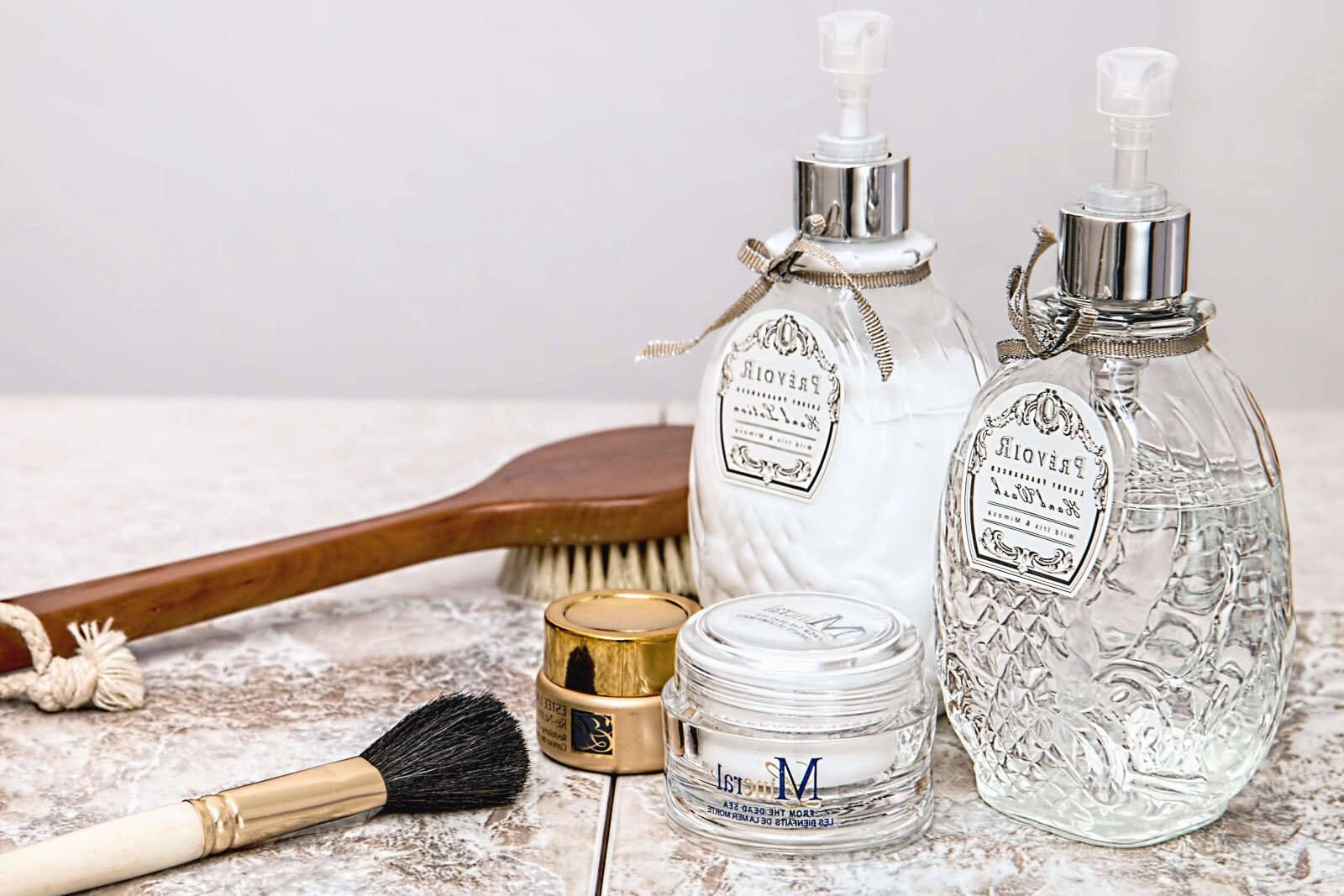3 Main Types of Product Liability Claims: Design, Manufacture, and Marketing
In the complex landscape of product liability, three primary categories emerge: design defects, manufacturing defects, and marketing defects.

These diverse forms of liability encompass inherent product flaws, production errors, and misleading or insufficient consumer information respectively.
Understanding these categories is crucial in the legal realm, as they form the basis of liability claims and impact both manufacturers and consumers.
This article provides a detailed exploration of these three critical aspects of product liability.
Key Takeaways
- Design defects occur when there are mistakes or flaws in a product's design, making it inherently unsafe.
- Manufacturing defects can occur even if the product's design is not faulty, and they are caused by poor materials, wrong assembly, or inadequate quality control.
- Marketing defects occur when the manufacturer fails to provide sufficient information or misstates a product's benefits, leading to unsafe use of the product.
- Product liability laws and statutes vary by state, and compensation rights are primarily based on state laws or statutes, which can affect the claim, including statute of limitations and award limits.
Understanding the Realm of Design Defects in Product Liability Claims
In the realm of product liability claims, design defects refer to the inherent flaws or mistakes in a product's blueprint which occur during either the manufacturing process or subsequent design modifications, rendering the product inherently unsafe for use.
These defects have significant legal implications as they can result in serious injuries or even death to the consumer. Moreover, it imposes the burden of proof on the claimant to establish that the product was indeed defective, and that the defect was the proximate cause of the injury suffered.
Furthermore, it necessitates the demonstration of a safer, alternative design that the defendant could have adopted.
Thus, understanding the complexities of design defects is critical in the realm of product liability claims.
Delving Into Manufacturing Defects: a Key Aspect of Product Liability
Delving into manufacturing defects reveals another crucial aspect of product liability, often arising from use of poor materials, incorrect assembly, or inadequate quality control. These common manufacturing defects may result in a product causing harm to the consumer, thereby triggering liability claims.
Here is a table illustrating examples of common manufacturing defects and their potential implications:
| Common Manufacturing Defects | Potential Implications |
|---|---|
| Poor quality materials | Breakage, malfunction |
| Incorrect assembly | Unsafe use, malfunction |
| Inadequate quality control | Unexpected failure, risk to user |
The liability of different parties in product liability claims can range from the manufacturer to the retailer. Each party in the supply chain has a responsibility to ensure the product is safe for use, hence any manufacturing defect could potentially trigger a claim.
The Role of Marketing Defects in Product Liability Claims
Understanding the nuances of marketing defects reveals a significant component of liability cases, where a manufacturer's failure to provide adequate information or misrepresentation of a product's benefits can lead to harmful usage.
- The impact of inadequate warnings can be profound, leading to misuse of the product and subsequent injury.
- Misleading product benefits can cause consumers to use products in ways not intended, potentially resulting in harm.
- Manufacturers bear a responsibility to provide comprehensive, accurate information to prevent any damaging consequences.
- Legal recourse is available for consumers impacted by such defects, underpinning the importance of understanding product liability laws.
Thus, marketing defects play a vital role in product liability claims and the consumer's understanding of these defects is critical for their safety.
Frequently Asked Questions
What Is the Process for Filing a Product Liability Claim?
The process for filing a product liability claim necessitates thorough documentation of the alleged defect and injury. Subsequently, legal representation is sought to initiate a settlement negotiation with the responsible parties. This process may involve litigation if a satisfactory settlement cannot be achieved.
Comprehensive understanding of the product liability laws is imperative for successful claim resolution. The claim can be based on defects in design, manufacturing, or marketing, each having unique legal implications.
How Can a Product Liability Attorney Help in These Cases?
A product liability attorney can provide indispensable assistance through their expertise in navigating complex legal landscapes. They can facilitate the selection of an appropriate legal strategy, accurately estimate potential compensation, and ensure adherence to procedural requirements.
Their knowledge of product liability laws can elucidate the nuances of design, manufacture, and marketing claims, thereby optimizing the chances of a favorable outcome.
Hence, their role is instrumental in ensuring effective legal representation and potential success in product liability cases.
Can Product Liability Claims Be Made Against Foreign Manufacturers?
Product liability claims against foreign manufacturers present unique cross-border legal challenges. Despite these difficulties, International Regulations Impact these cases, necessitating a thorough understanding of both domestic and international product liability laws.
Although litigation can be complex due to jurisdictional issues, foreign manufacturers are not exempt from responsibility if their products cause harm. Hence, consumers are afforded the same protections regardless of a product's origin, ensuring the global applicability of product safety standards.
How Long Does a Product Liability Lawsuit Typically Take to Resolve?
Settlement timelines in product liability lawsuits vary significantly due to numerous factors. Such factors include the complexity of the case, the willingness of parties to negotiate, and the court's schedule.
While some cases may reach a settlement within a few months, others, particularly complex cases involving severe injuries or multiple defendants, may take several years to fully resolve.
Thus, it is crucial to consult with a legal professional to understand the potential timeline for a specific case.
Are There Any Exceptions to the Three Main Types of Product Liability Claims?
Exceptions to the three primary types of product liability claims, while rare, do manifest in unique case scenarios. Instances such as 'unavoidably unsafe products,' where certain products come with inherent risks despite adequate safety measures, can present exceptions.
Furthermore, 'res ipsa loquitur,' a legal doctrine wherein the defect is self-evident, could bypass traditional classification.
These exceptions, while not common, underscore the complex nuances of product liability laws.

This post has been generated by AI and was not reviewed by editors. This is Not legal advice. Please consult with an attorney.




